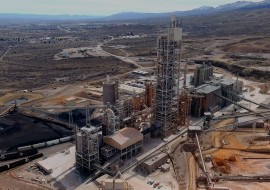An energy efficiency potential study is a tool that quantifies the size and costs of the energy efficiency resources in a given location and identifies major opportunities for energy savings.
These studies help states advance smart energy policies and programs by providing critical data resources to inform decision makers. They are used to set energy savings goals, incorporate energy efficiency into the integrated resource planning process, and determine funding levels for efficiency programs and policies. These studies typically examine policies such as energy efficiency resource standards, building energy codes, efficiency in state government facilities, industrial energy efficiency, and combined heat and power, and assess the relative impacts on energy savings, consumer energy bills, and the environment.
In the traditional approach of energy efficiency potential studies, there are three broad categories of efficiency potential: technical, which sums all energy efficiency measures that are feasible given technology limitations; economic, the fraction of the technical potential that is cost-effective; and achievable, or the fraction of the economic potential that is attainable given actual societal and market limitations.
While energy efficiency potential analyses have been prepared for decades, there has been some inconsistency in how the studies have been conducted and how the categories are defined. The value of potential studies depends on the effort and resources that go into them, and the assumptions—whether reasonable or constrained—that underlie them. Many of these assumptions remain undisclosed, and this lack of transparency is a major challenge for potential studies. In order to facilitate more active, constructive discussions, data access and input transparency must be addressed so that potential studies are accessible to all stakeholders. In addition, potential studies should reflect the cost-effectiveness tests used locally. These tests should align with policy goals and proportionately account for all relevant, material impacts, including, at a minimum, all utility system resources.
Highlighted Resources
“State-Level Energy Efficiency Analysis: Goals, Methods, and Lessons Learned”
Contact Info
For more information or to contact a researcher, please visit the Utilities Program.








